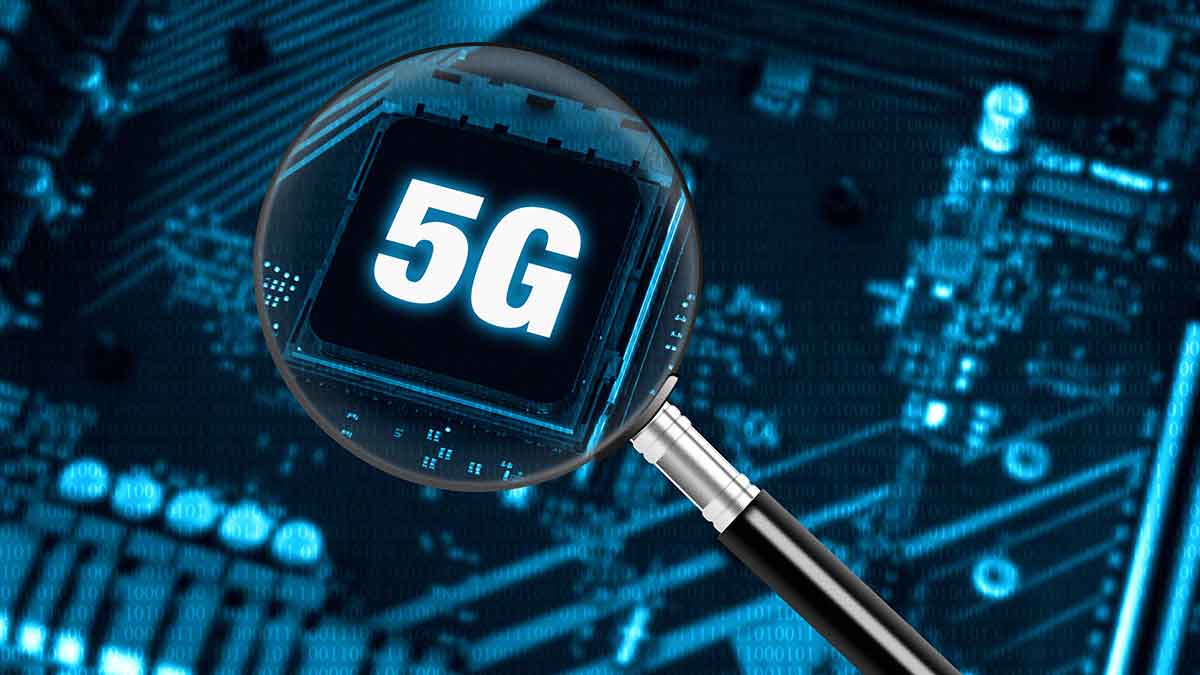5G and IoT are here to stay. This occurs due to the need for collaborative robots, and consequently, the need for a remarkable reduction in occupational hazards. 5G and IoT help prevent employees from causing injury by allowing them to control robot arms from another room. In addition, as a result, production time is generally reduced, which in turn increases productivity.
According to the World Economic Forum, robotization will create 133 million new jobs in three years. this shows that while humans are handing over a larger share of labor hours to their robot counterparts, human skills remain in demand in other areas.
Industry 4.0 includes the idea of Internet of Things. Industry 4.0 is a world of things connected via a 5G network. For instance, sensors in the fridge indicate if a product has been finished. Also, smart cities are cities where the car tells the owner where a parking space is available. Sensors in our bodies also inform us about potential health issues in real time. So, we might be overlooking the several ways in which both 5G and IoT already affect our lives.
Case Study: Spain’s Implementation of 5G and IoT
According to the 2019 Digital Economy and Society Index, Spain is ready for a 5G network. Experts estimate that the complete implementation of the 5G network in Spain will occur during 2025. This will result in a more fluid and more efficient communication, with no delays or interruptions, one hundred times faster than with the current wireless system. If this turns out to be accurate, 5G and IoT will completely revolutionize our daily lives.
Ready for Industry 4.0
Industry 4.0 is upon us, and we must be ready. 5G and IoT open up new opportunities. Companies must adapt to modern technologies and implement them in their production processes to achieve a complete digital transformation.





